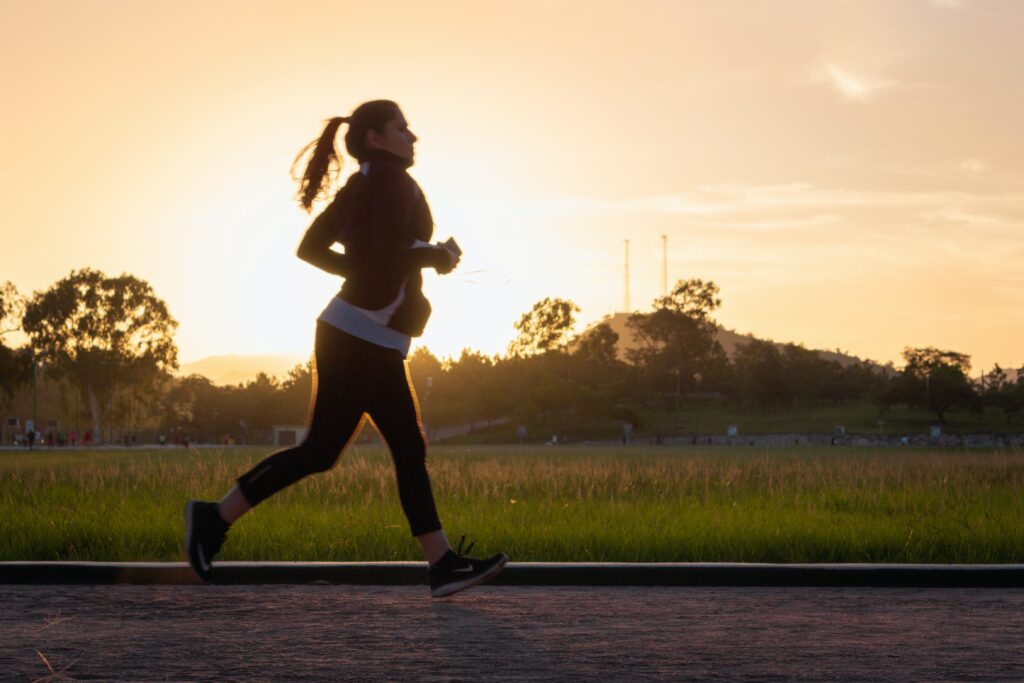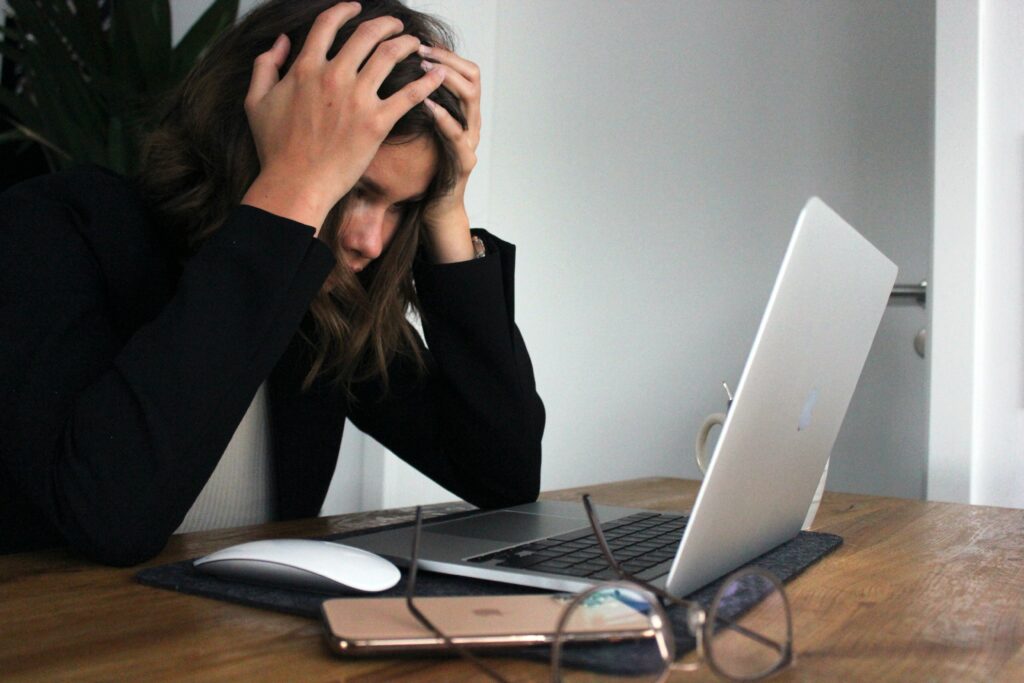Not separating work and leisure
Without a daily commute, many workers just sit down at their desk first thing in the morning and don’t stop working until the evening, with very little physical movement throughout the day, Ferguson says.
“If people did decide to take a break during the day it was used for household chores. Some might say this is efficient, but it also can lead to increased stress, as life becomes an endless list of tasks and chores, both at home and at work.”
Experts say workers who no longer have to commute to the office should deliberately reallocate the hours they gain to other tasks, like going outside for a walk, rather than extending the workday.
Not separating the workday from home time can lead to mental exhaustion and the sense that the day is never over, says Dr Jemma King, founder of BioPsychAnalytics and an expert in how humans manage stress.
One way to break this habit is to have a clear understanding of when the day is done and create a new evening routine like walking around the block to replicate a commute home.
“Write an achievable list in the morning, finish the day once the tasks are ticked off, then put away your laptop,” King says.
Staying inside all day
Not walking to work or between meetings, and even having the bathroom and kitchen closer than you would at work, means workers are more sedentary.
“Humans are designed to move,” King says. “From an evolutionary perspective, humans were only ‘still’ if they were sick or injured.
“If you are sedentary, your primitive brain will think you are sick, so will make you want to withdraw socially – so as not to infect the clan – and make you sleepy – so you heal. These two behaviours mimic the symptoms of depression.”
Similarly, staying inside all day and working in a confined space can also affect one’s wellbeing.
“As a stress researcher, the best way to activate stress hormones – cortisol – in animals is to put them in a confined space. This holds true for humans,” says King.
She recommends positioning your desk in natural light, using a standing desk and scheduling walking meetings to increase movement throughout the day.



